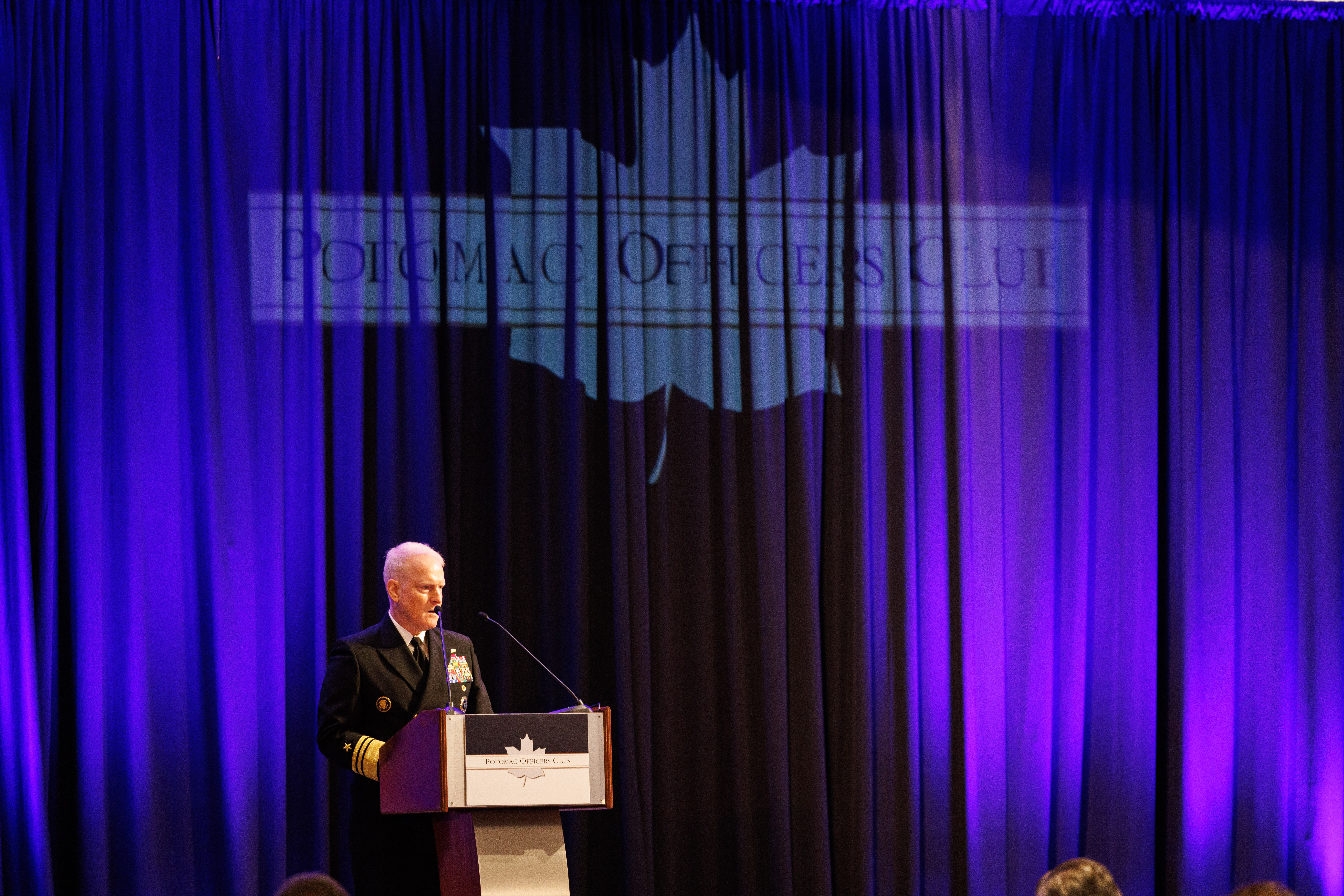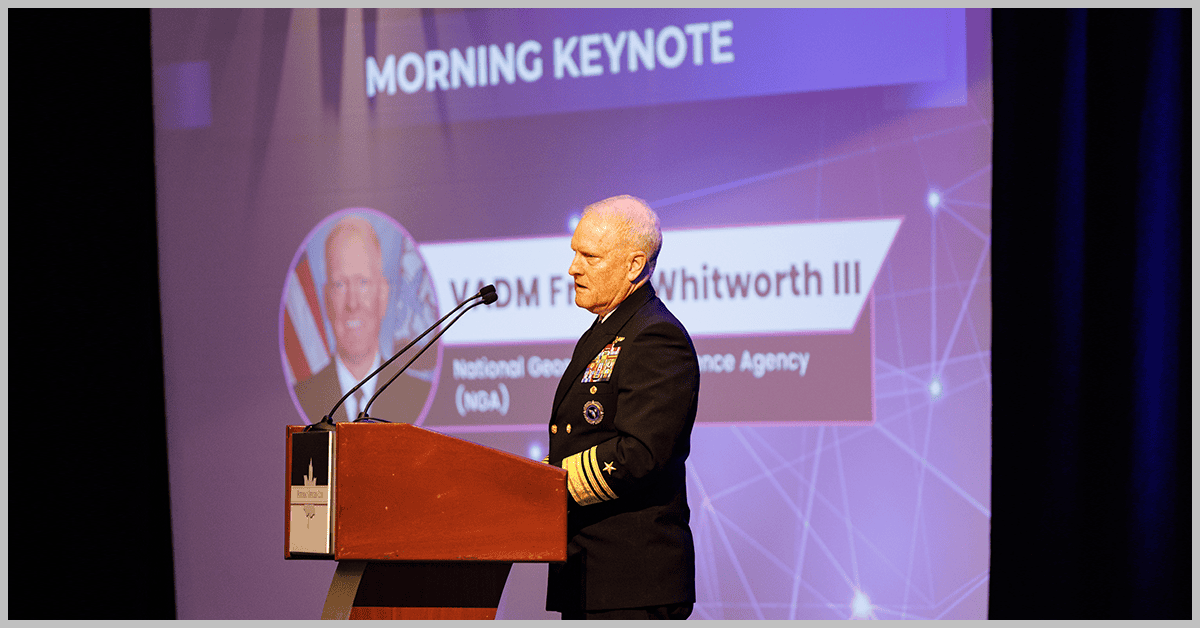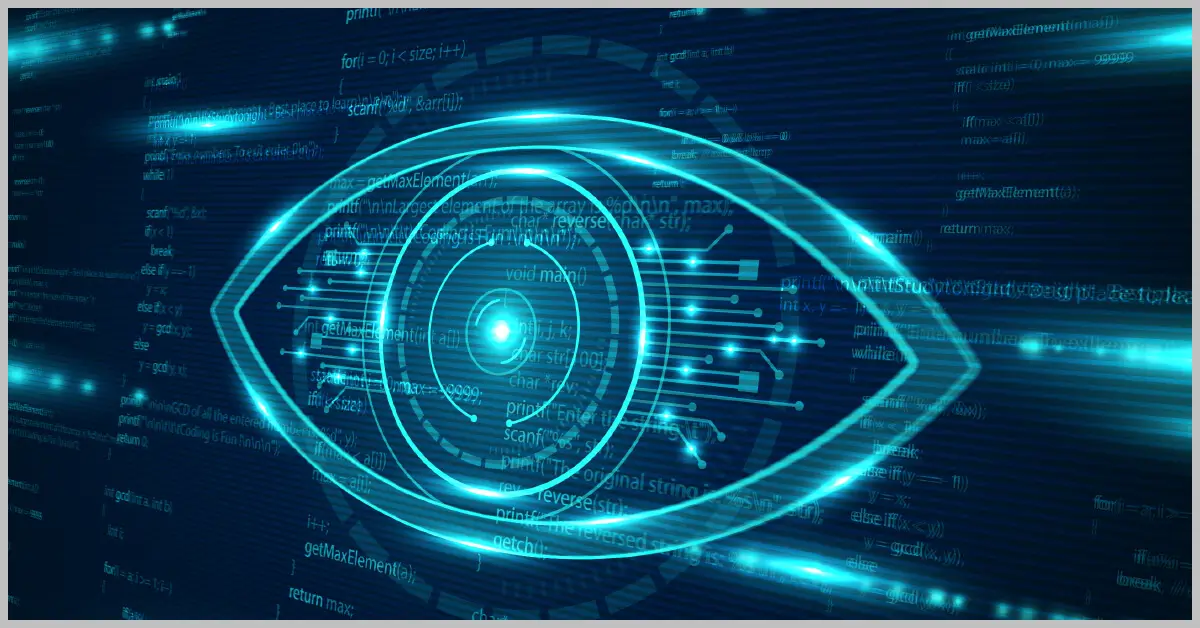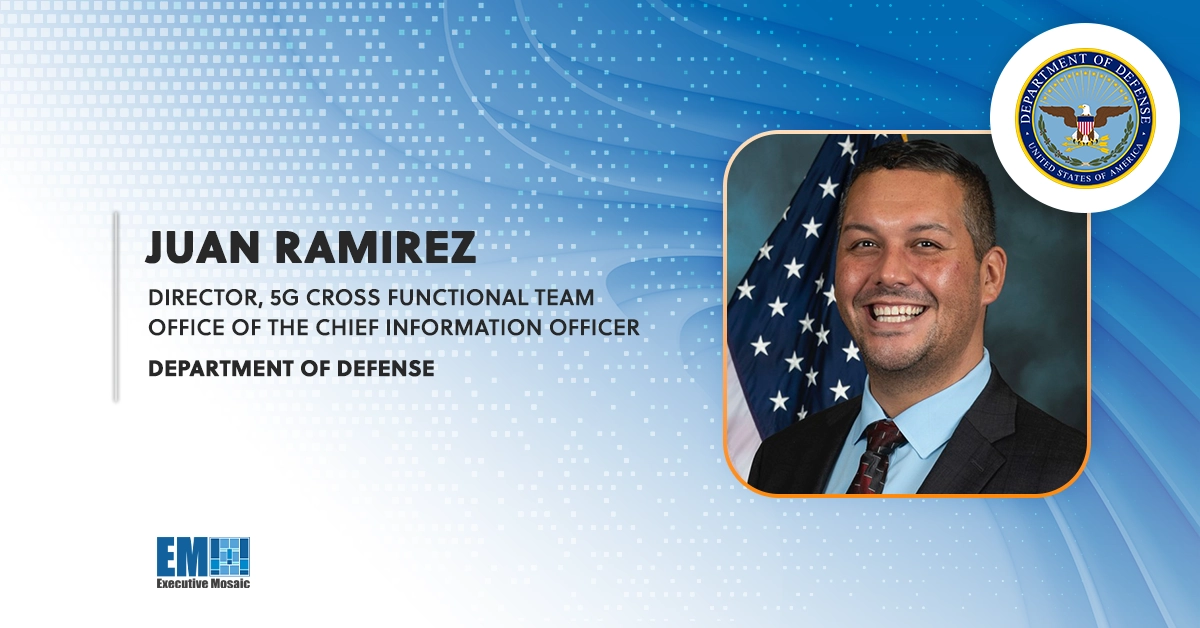The Department of Defense is in the midst of a “reluctant revolution in military affairs,” according to National Geospatial-Intelligence Agency Director Vice Admiral Frank Whitworth III.
With the advent of modern autonomous technologies, the U.S. military is currently undergoing never-before-seen efforts to uncrew “considerable portions” of operational components. Though new technologies are anticipated to bring “extreme speeds, extreme ranges, extreme accuracies and reduce the need to put American troops in harm’s way,” there is a cultural hesitance to fully implement them, said Whitworth, a two-time Wash100 Award winner.
“While there are exceptions, many of us don’t like the obvious implications of uncrewing the platforms of conflict. We feel honor bound to be over there in the theater instead of staying here operating from the rear,” he said during a keynote address at the Potomac Officers Club’s 9th Annual Intel Summit on Thursday.

This mindset is “reflective of an ethos that has been forged by every generation of American warfighters,” but U.S. adversaries do not share the same nostalgia, he noted.
Though some reluctance to embrace new technology still exists within U.S. forces, Whitworth said that tides are changing. He highlighted a speech by Deputy Secretary of Defense Kathleen Hicks, a three-time Wash100 awardee, in which she called for urgency in innovation and revealed that the DOD has set a goal to field attritable autonomous systems by the thousands and across multiple domains within the next 18 to 24 months.
NGA, said Whitworth is harnessing emerging technologies across several areas, including artificial intelligence. Another new technology the agency has zeroed-in on is digital twins – virtual models of real world systems and objects that can be used to predict real-world results and responses. He called digital twin technologies an “enabler” for the DOD’s Joint All-Domain Command and Control strategy.
“For us, our digital twin model is designed to store and deliver foundation data to consumers of GEOINT. It gives them the latest information to support various missions where data is automatically gathered and assembled to support product extraction of the best data,” he said.
Moving forward, Whitworth said the NGA is working to “vastly expand the notion of a digital twin to encompass a dynamic digital twin for foundation data of the entire globe.”
What this entails is building an autonomous federation of feature level data from all domains that is updated and provided in near real-time, from seabed to space, said Whitworth.
“It’s not just a 3D rendering of our globe. It’s a better way to support our consumers with a vast array of layered capabilities, letting users extract the latest data, products and services tailored right to their needs,” he elaborated.
Whitworth emphasized the importance of reminding individuals that there are benefits of having a machine help them, “especially if the machine has learned from the past.” The NGA, he said, is committed to doing so.

Interested in learning more about how the DOD is leveraging digital twins? On Nov. 1, ExecutiveBiz will host its Digital Twins Forum, which will convene speakers from the Department of the Army, Marine Corps and industry to discuss the implications this emerging technology has for future warfare. Click here for more information, and click here to register to attend.







